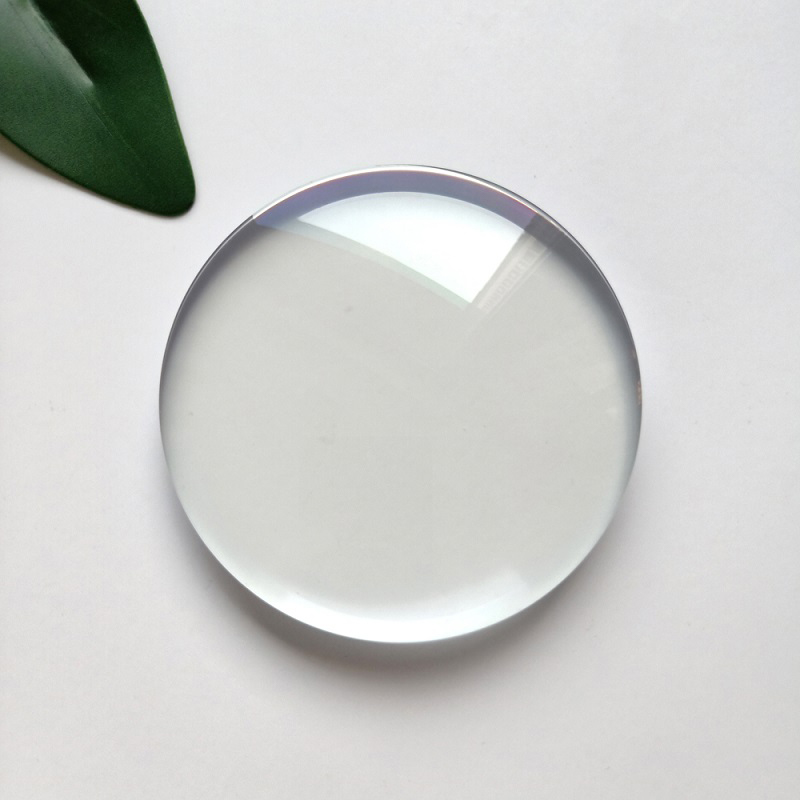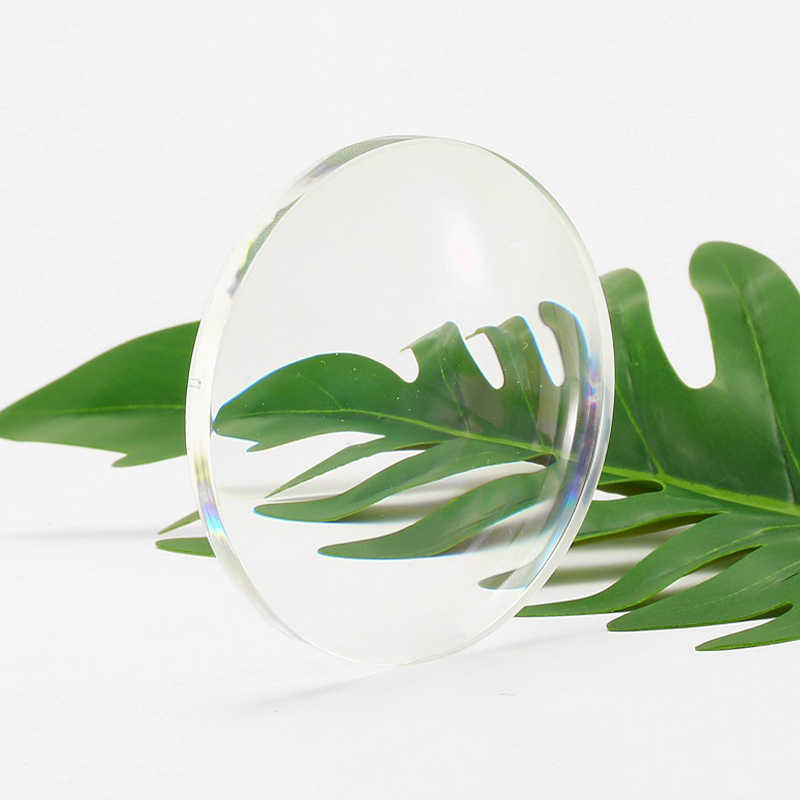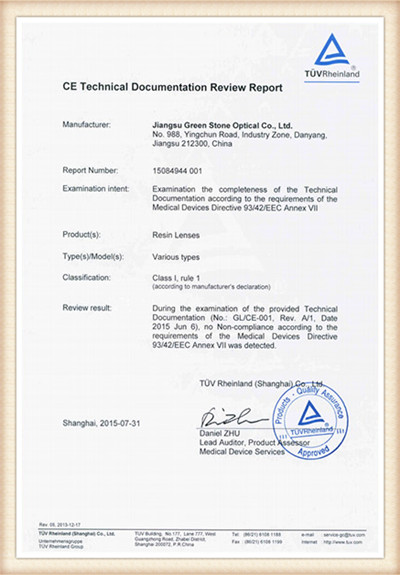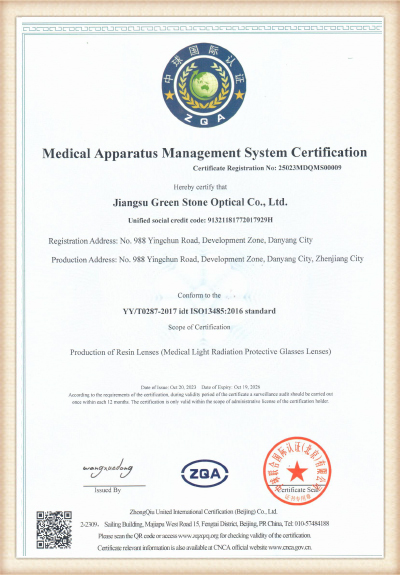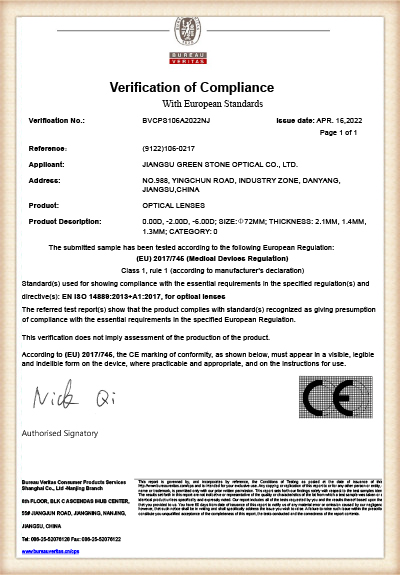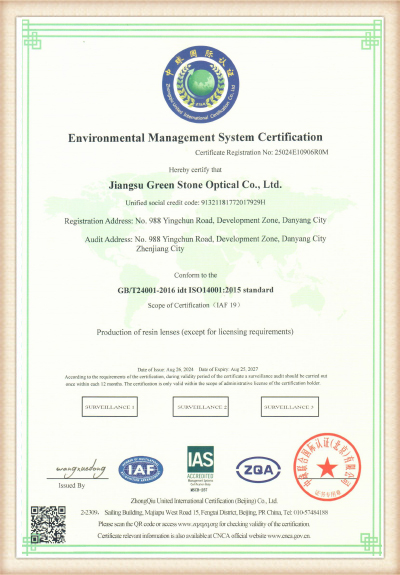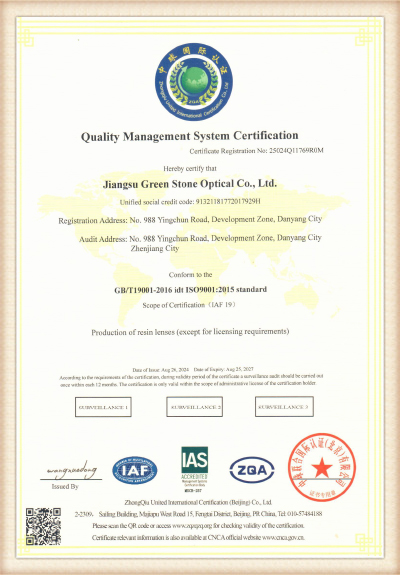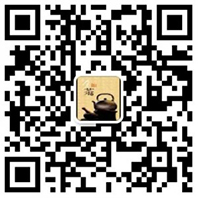Introduction to Core Concepts: The Purpose of Polarized and Photochromic Lenses Advanced lens technologies are designed to enhance visual comfort and protect the eyes from harmful light. Among the many high-quality options, Polarized Lenses and Photochromic Lenses are two of the most popular choices, yet they address d...
READ MORE
Product Series
Blue Block Lens Manufacturers
-
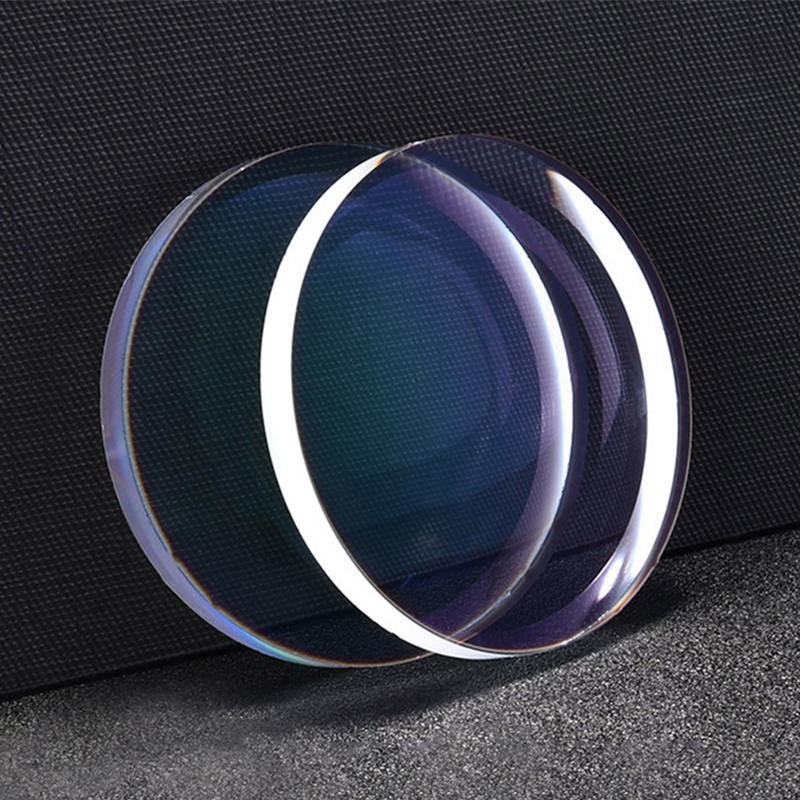

1.56 Blue Block Lens HMC/SHMC
1.56 Blue block lens is lens that prevents blue light from irritating ... -
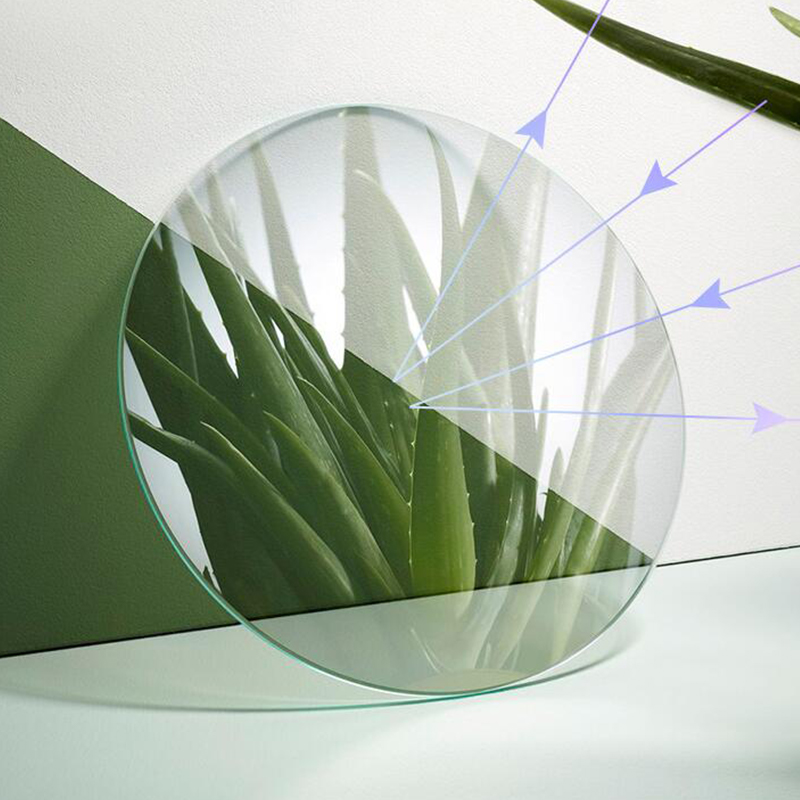

1.56 Blue Block Anti-Fog Lens SHMC
Anti-fog lens is a kind of lens attached with a layer of anti-fog coat... -
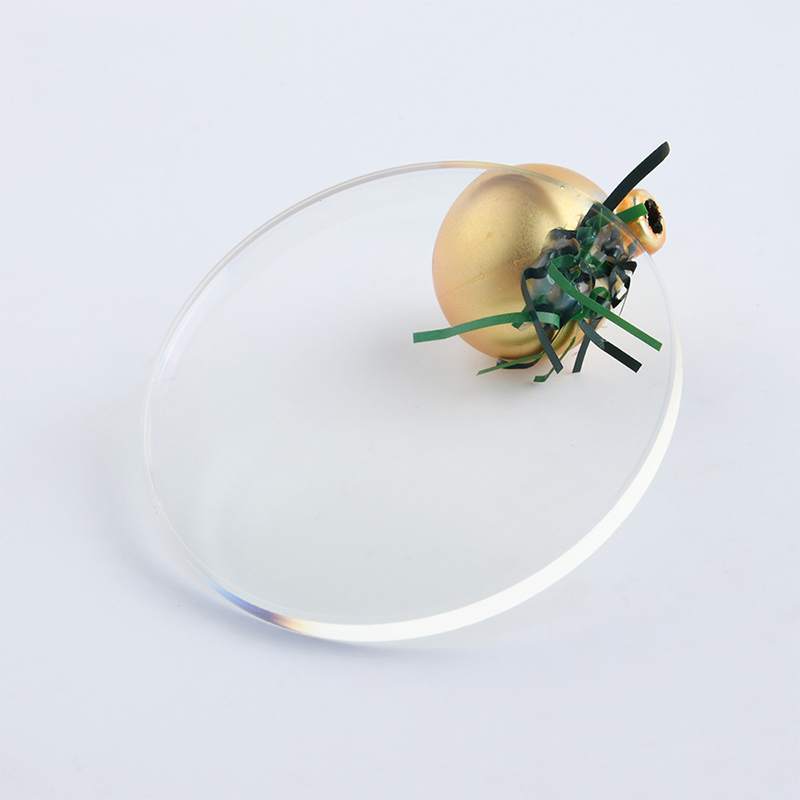

1.60 Blue Block Lens HMC/SHMC
Blue Block lens can cut 100% UV rays, but don’t mean can block 100% bl... -
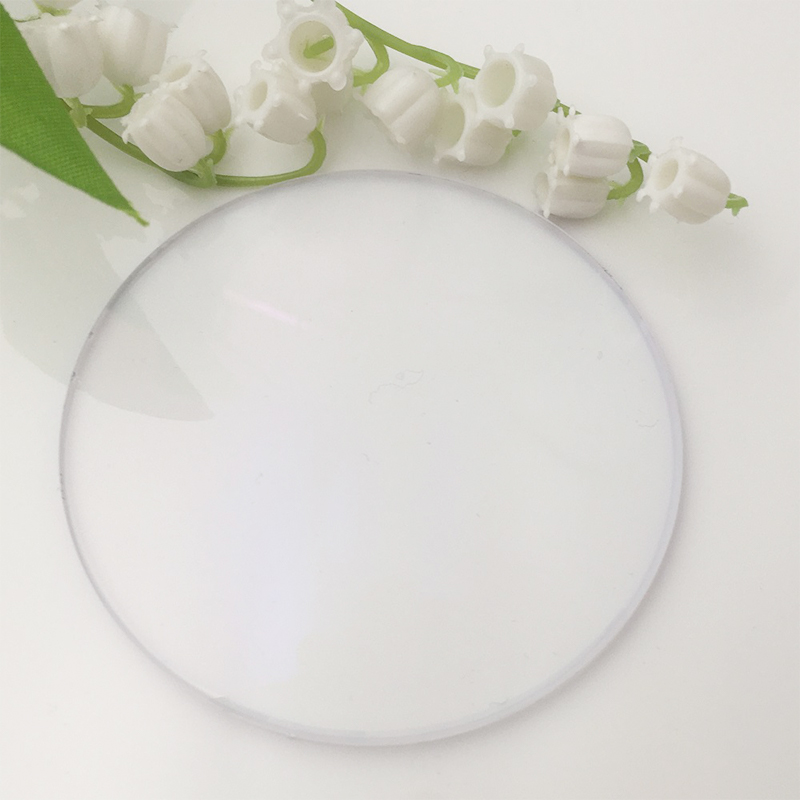

1.67 Blue Block Lens HMC/SHMC
1.67 high-index lens are made from materials—MR-7(imported from Korea)...
Blue Block Lens is a high-performance blue light protection lens that uses advanced filtering technology to accurately block 400nm to 450nm high-energy short-wave blue light, effectively reducing the optical stimulation and potential damage to the eyes caused by electronic device screens. The lens material is a high-refractive index optical resin with excellent light transmittance and impact resistance. The surface is multi-layered with anti-reflection, anti-fouling and anti-scratch treatment, which ensures clear vision while enhancing the durability of the lens.
Blue Block Lens is suitable for users who are exposed to digital device environments for a long time. It can significantly relieve visual fatigue, improve visual comfort, help improve sleep quality and effectively protect the health of the macula in high-frequency eye use scenarios such as office, online education, video conferencing, e-commerce live broadcast, game entertainment, etc. It is especially suitable for teenagers, white-collar workers, creators and heavy screen users who have high standards for visual protection. The lens can be flexibly applied to a variety of lens designs such as single light, bifocal, and progressive, and supports OEM and personalized customization services.
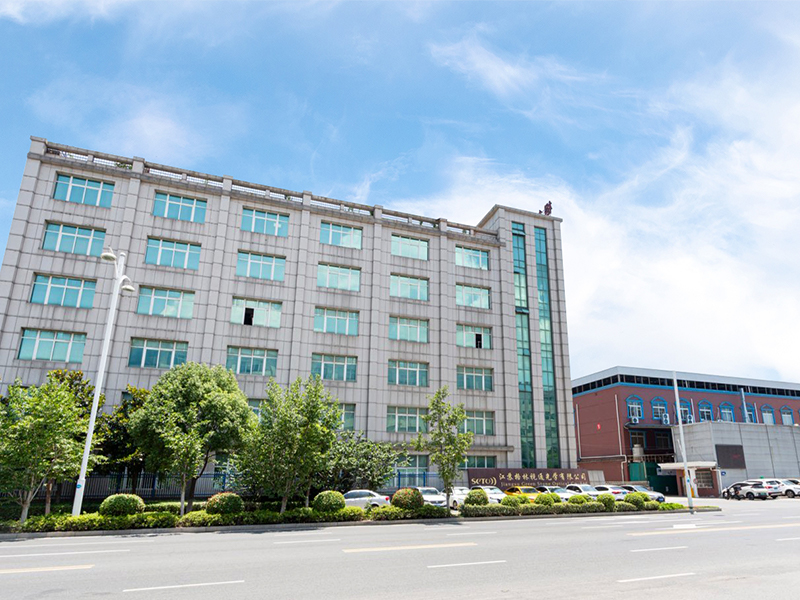
Our lens products involves almost all types of lenses. Product range covers 1.499, 1.56, 1.60, 1.67, 1.70 and 1.74 index, including single vision,bifocal, progressive, blue cut, Photochromic, blue cut photochromic, Infrared cut etc. with HC, HMC and SHMC treatment. Besides finished lens, We also manufactures semi-finished blanks. The products are registered with CE&FDA and our production certified by ISO9001& ISO14001 standards.
We positively introduce excellent management technology, comprehensively import Corporate Identity System and enhance the external image of company and brand.
-
-
Introducing Normal Lenses and Defocus Lenses In the fields of optics and image capture, the lens is a core component responsible for guiding and shaping light to form an image on a sensor or retina. While all lenses are based on the same laws of physics, their design goals and final effects can vary widely. This articl...
READ MORE -
Unveiling the Technology of Bifocal Lenses Introduction to Bifocal Lenses A bifocal lens is a powerful and time-tested solution in vision correction. Simply put, it is a corrective lens that contains two distinct optical powers within a single lens surface. This design addresses a common challenge faced by millions: ne...
READ MORE
What Are the Structural Differences Between Blue Block Lenses and Regular Lenses?
With the popularity of digital life, electronic devices have become an essential part of daily life and work. Prolonged exposure to electronic screens can lead to excessive blue light exposure, which may cause eye fatigue, vision decline, and affect sleep quality. In response to this demand, Blue Block Lenses have gradually become an important product in the lens market. As a professional optical lens manufacturer integrating R&D, production, and sales, Jiangsu Green Stone Optical Co., Ltd. has rich experience and production strength in the field of blue block lenses, providing customers with high-quality and high-performance blue block lenses.
1. Fundamental Differences in Lens Materials
Regular optical lenses are usually made of resin or glass materials with refractive indices ranging from 1.499 to 1.74. They primarily achieve vision correction through refraction and do not have a specific mechanism to filter blue light in the spectrum. Therefore, regular lenses cannot effectively block high-energy blue light (400–500nm), and prolonged exposure to electronic screens allows blue light to penetrate directly to the eyes.
In contrast, Blue Block Lenses differ significantly in material and coating design. For example, Jiangsu Green Stone Optical Co., Ltd.’s blue block lenses not only cover common refractive indices (1.499, 1.56, 1.60, 1.67, 1.70, 1.74) but also achieve efficient blue light blocking through specially formulated resin substrates and multilayer coating systems. This material structure can effectively reduce blue light energy without affecting visible light transmittance, alleviating eye fatigue and glare.
2. Structural Differences in Coating Technology
Regular lenses often undergo surface treatments such as HC (Hard Coating), HMC (Anti-Reflective Coating), and SHMC (Super Hydrophobic Anti-Reflective Coating), mainly to enhance lens hardness, reduce reflection, and improve surface durability, but they do not specifically target blue light protection.
In contrast, Blue Block Lenses add specialized blue light blocking functionality on top of HC, HMC, or SHMC treatments. Specifically, the lens surface is coated with multiple layers of nano-optical films, capable of reflecting or absorbing specific blue light wavelengths. The typical structure includes:
- Hard Coating (HC): Protects the lens substrate from scratches while providing basic durability.
- Blue Light Blocking Film: Selectively absorbs or reflects high-energy blue light in the 400–500nm wavelength range, reducing its entry to the eyes.
- Anti-Reflective Layer (HMC/SHMC): Reduces surface glare, improves visual clarity, and maintains blue light filtering effectiveness.
- Hydrophobic/Oleophobic Layer (SHMC): Enhances lens surface resistance to dirt, water, and oil, improving comfort and durability.
This multilayer composite structure allows Blue Block Lenses to provide both optical correction and effective harmful blue light shielding, significantly outperforming regular lenses.
3. Differences in Visual Experience and Comfort
In terms of visual experience, regular lenses lack blue light blocking layers, making prolonged screen use prone to eye fatigue, dryness, and vision fluctuation. Jiangsu Green Stone Optical Co., Ltd.’s blue block lenses optimize coating thickness and refractive index matching, effectively filtering harmful blue light while maintaining high light transmittance and color fidelity. This ensures more comfortable vision during long-term electronic device use while reducing glare and blue light-induced eye discomfort.
4. Production and Process Advantages
As a professional optical lens manufacturer with a 65,000-square-meter production base and over 350 employees, Jiangsu Green Stone Optical Co., Ltd. utilizes advanced production equipment and complete mold technology to precisely control blue light film thickness and uniformity, ensuring consistent blue light blocking performance for every lens. The company’s blue block lenses are treated with HC, HMC, and SHMC, and are CE and FDA registered, with production management compliant with ISO9001 and ISO14001 standards, guaranteeing high quality and trustworthiness in domestic and international markets.
5. Wide Application and Multi-Scenario Adaptation
Blue block lenses are suitable not only for office workers and long-term electronic device users but also for children and adolescents for myopia prevention and professional visual needs. Jiangsu Green Stone Optical Co., Ltd.’s product range includes single vision, bifocal, progressive, photochromic, blue block photochromic, and infrared-blocking lenses, providing customized solutions for different clients. Through semi-finished blank production, the company also provides flexible processing and supporting services for B2B partners.
Does the Refractive Index of Blue Block Lenses Affect Blue Light Filtering?
With the popularization of digital life, daily exposure to electronic screens has significantly increased, making excessive blue light exposure a key concern for eye health. Blue light primarily ranges from 400–500nm, and prolonged exposure to high-energy blue light may cause eye fatigue, vision decline, and reduced sleep quality. In response, blue block lenses (Blue Block Lens) have gradually become a core optical product. As a professional optical lens manufacturer integrating R&D, production, and sales, Jiangsu Green Stone Optical Co., Ltd. has rich experience in the research and production of blue block lenses, providing high-quality lenses with multiple refractive index options to meet various application scenarios.
1. Basic Impact of Refractive Index on Lens Thickness and Blue Light Filtering
The refractive index is a key parameter in optical design, determining lens thickness and weight while affecting light propagation within the lens. Common refractive indices for regular lenses include 1.499, 1.56, 1.60, 1.67, 1.70, and 1.74; blue block lenses also cover these options.
High refractive index lenses (e.g., 1.67 and above) are thinner and lighter at the same prescription, offering higher comfort. However, increasing refractive index affects the blue light refraction path and coating design. Blue light filtering relies on specialized coatings that absorb or reflect high-energy blue light. Jiangsu Green Stone Optical Co., Ltd. optimizes coating processes through precise calculations to ensure balanced blue light blocking across lenses of different refractive indices.
2. Matching Blue Light Film Layers with Refractive Index
The core of blue block lenses is a multilayer optical film system that selectively absorbs or reflects high-energy blue light in the 400–500nm range. Substrates of different refractive indices have variations in light refraction, propagation angles, and film adhesion:
- Low refractive index lenses (1.499–1.56): Thicker substrates, large film adhesion area, uniform blue light filtering, but heavier lenses.
- Medium refractive index lenses (1.60–1.67): Moderate thickness and comfort, requiring film design adjustments for refraction angles to ensure stable filtering.
- High refractive index lenses (1.70–1.74): Thinner and lighter, requiring precise film adhesion control to maintain uniform blue light blocking. Jiangsu Green Stone Optical Co., Ltd. uses advanced coating equipment and automated inspection systems to accurately control film thickness and refraction angle matching, ensuring ideal blue light filtering in high refractive index lenses.
3. Optimization of Transmittance and Color Fidelity
Blue block lenses must block harmful blue light while maintaining high transmittance and color fidelity. Different refractive indices cause subtle differences in transmittance and coating design. High refractive index lenses require optical matching optimization to prevent color deviation or glare. Jiangsu Green Stone Optical Co., Ltd., combining HC, HMC, and SHMC treatments, scientifically overlays blue light blocking films to achieve high transmittance and natural color perception across refractive indices, ensuring eye comfort during extended electronic device use.
4. Application Scenarios and Customer Needs
Blue block lenses of varying refractive indices not only meet comfort and visual needs but also allow B2B customers to offer diverse product combinations, for example:
- Children and adolescents for myopia prevention: Medium refractive index and slightly thicker lenses to ensure stable and durable films.
- Daily office and prolonged screen users: High refractive index lenses, thin and lightweight while maintaining blue light filtering.
- High myopia patients: High refractive index lenses reduce thickness while maintaining blue light blocking performance.
Which Blue Block Lenses Are Suitable for Long-Term Electronic Device Users?
In the digital age, prolonged use of electronic devices has become a daily habit for most people. Blue light primarily spans 400–500nm, high-energy visible light, and overexposure may cause eye fatigue, dryness, vision fluctuations, and even affect sleep quality. Blue block lenses (Blue Block Lens) have emerged as the ideal choice for long-term screen users. Jiangsu Green Stone Optical Co., Ltd. provides multiple types of high-performance blue block lenses, offering comprehensive visual protection in digital environments.
1. Visual Needs of Long-Term Screen Users
Long-term users of computers, tablets, and smartphones require lenses that:
- Effectively filter harmful blue light, reducing eye fatigue and glare.
- Maintain high transmittance and color fidelity for clear vision during work or study.
- Are lightweight and comfortable to prevent pressure on the nose and ears.
- Maintain durability, preserving blue light blocking performance and scratch/dirt resistance.
Jiangsu Green Stone Optical Co., Ltd.’s blue block lenses effectively balance comfort, protection, and durability, providing scientifically reasonable solutions for different users.
2. Types of Blue Block Lenses
- Single vision blue block lenses: Suitable for myopia, hyperopia, or mild presbyopia, mainly for computer and daily device use. Jiangsu Green Stone Optical Co., Ltd.’s single vision lenses cover refractive indices from 1.499 to 1.74, offering thin, comfortable wear while filtering blue light.
- Progressive blue block lenses: Suitable for middle-aged and elderly or those with presbyopia plus myopia/hyperopia. Progressive lenses provide multi-focal correction combined with blue light blocking layers. Jiangsu Green Stone Optical Co., Ltd.’s progressive lenses feature HC, HMC, and SHMC treatments for clear vision, uniform blue light filtering, and anti-reflective, dirt-proof, and water-resistant performance.
- Blue block photochromic lenses: Suitable for users alternating between indoor and outdoor environments. These lenses darken in strong light while blocking blue light. Jiangsu Green Stone Optical Co., Ltd.’s lenses utilize advanced optical coating technology for blue light protection and visible light adjustment.
- High refractive index blue block lenses: Suitable for high myopia or users seeking lightweight lenses. High refractive index lenses reduce thickness while maintaining effective blue light blocking. The company provides 1.67, 1.70, and 1.74 refractive indices, balancing vision correction and comfort.
3. Coating Technology and Visual Comfort
The core of blue block lenses is the blue light blocking film. Its stability and effectiveness are closely related to HC, HMC, and SHMC surface treatments. Jiangsu Green Stone Optical Co., Ltd. uses multilayer nano-optical film technology to selectively absorb and reflect high-energy blue light while maintaining high transmittance and natural color fidelity. SHMC treatment further provides water, oil, dirt, and scratch resistance, ensuring clarity and durability during long-term use.
The company’s lenses cover refractive indices from 1.499 to 1.74 and provide semi-finished blanks, allowing B2B customers to customize and process products according to market demand, enhancing flexibility and differentiation.
4. Suitable Users and Recommendations
- Office workers: Long-term use of computers, tablets, and smartphones; recommended single vision or progressive blue block lenses with HMC/SHMC treatment to reduce screen glare and improve visual comfort.
- Students and teenagers: Long online learning or gaming; recommended low-to-medium refractive index lenses for film stability and comfort, reducing eye fatigue.
- Middle-aged and elderly users: Presbyopia and myopia; recommended progressive blue block lenses for clear distance and near vision with balanced blue light coverage.
- Indoor/outdoor alternators: Blue block photochromic lenses for combined blue light protection and light adjustment, enhancing eye adaptability and comfort.
How Should Blue Block Lenses Be Chosen for Indoor Work vs. Outdoor Activities?
In modern society, lighting conditions significantly affect visual health. Indoor workers face computers, tablets, and smartphones, while outdoor activity participants are exposed to natural light and strong UV. Blue light, concentrated at 400–500nm, exists in both electronic screens and sunlight. Prolonged high-energy blue light exposure may cause eye fatigue, vision decline, and affect sleep. Selecting suitable blue block lenses for different scenarios is critical. Jiangsu Green Stone Optical Co., Ltd. offers multiple types of high-performance blue block lenses for professional visual protection in diverse environments.
1. Indoor Work Environment Lens Selection
Indoor environments include offices, laboratories, and classrooms, with light sources primarily LED, fluorescent, and screen light. High-energy blue light from screens can cause fatigue and dryness. Lens selection should focus on:
- High blue light blocking rate: Reducing 400–500nm high-energy blue light, minimizing eye fatigue and glare.
- High transmittance and color fidelity: Maintaining natural color and visual clarity.
- Lightweight and comfortable: Reducing pressure on the nose and ears for prolonged wear.
Jiangsu Green Stone Optical Co., Ltd.’s lenses cover refractive indices 1.499–1.74, combining HC, HMC, and SHMC treatments with multilayer nano-optical films to accurately absorb or reflect blue light while maintaining high transmittance and natural color. Single vision and progressive lenses are ideal for indoor work, providing standard and multifocal vision correction.
2. Outdoor Activity Lens Selection
Outdoor lighting is complex, including blue light and UV in sunlight. Sunlight’s blue light overlaps with screen blue light but is stronger, and UV poses additional risks. Outdoor lenses should:
- Provide dual protection against blue light and UV.
- Feature photochromic functionality for light adaptation.
- Reduce glare for safer outdoor vision.
Jiangsu Green Stone Optical Co., Ltd. offers blue block photochromic lenses and lenses with blue light plus UV protection. High refractive index materials (1.67, 1.70, 1.74) and advanced coating processes maintain blue light blocking efficiency, reduce lens thickness, and provide stable photochromic and anti-glare performance, ideal for outdoor activities.
3. Optimization of Refractive Index and Coating Treatments
Different refractive indices affect lens thickness, refraction angles, and film adhesion. Indoor users may choose low-to-medium indices (1.499–1.60) for uniform blue light coverage, while outdoor users may prefer high indices (1.67–1.74) for lighter lenses. HC, HMC, and SHMC treatments further enhance scratch resistance, anti-reflection, and dirt resistance, ensuring consistent blue light protection and visual comfort across lighting conditions.
4. Company Advantages and Technical Assurance
As a professional optical lens manufacturer with a 65,000-square-meter production base and over 350 employees, Jiangsu Green Stone Optical Co., Ltd. introduces advanced equipment, innovative production technology, and precise molds to ensure industry-leading film thickness, transmittance, and color fidelity. The company’s blue block lenses are CE and FDA registered, with ISO9001 and ISO14001 management systems, ensuring high quality and reliability in global markets. Additionally, the company offers finished and semi-finished blanks to meet B2B customers’ flexible processing and customization needs.



 English
English Español
Español
